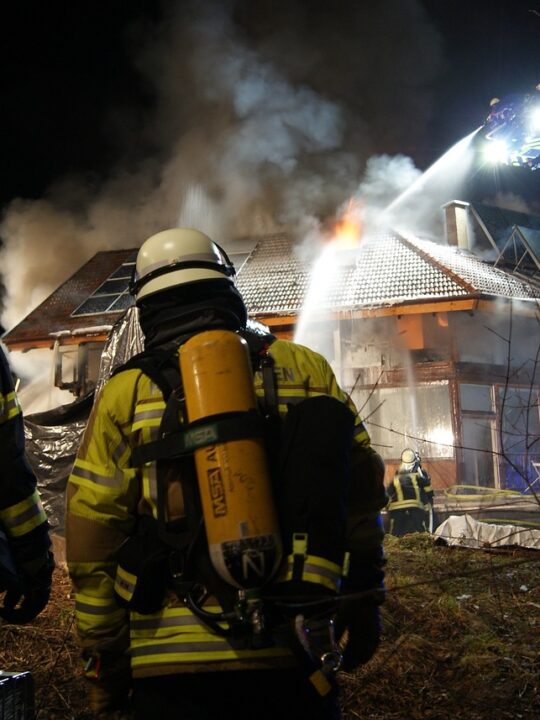How do you tell the difference between a sickly, dying tree and one that is perfectly healthy?
Early prevention is the best cure when it comes to the health of your trees. Knowing the signs is how you can step in and try to reverse their course before they are on the fast track to death.
So, what are some signs of poor tree health? What are some issues with tree health you can watch for and reverse before it’s too late?
Here’s what to look for when trying to keep your tree well:
Table of Contents
Dead or Dying Branches
These branches usually lack green leaves and present a brown or dark discolored look. Additionally, if bark appears to be crumbling away and small, hard mushrooms form around the tree’s base, these are further indications of poor tree health. To improve tree health, dead or dying branches should be promptly pruned away.
It is also important to keep non-native pests from infesting the tree by spraying it with pesticide and fertilizing it. Furthermore, helping the soil to stay well-drained also improves tree health by preventing nutrient deficiencies and infection. Watering the tree regularly and mulching its roots also helps to maintain a healthy balance in its ecosystem.
Cracks or Splits In The Trunk Or Branches
Extreme weather conditions, such as strong winds, and weakened branches from stress or disease, can cause many cracks, and these can be superficial or can go deep. If the split goes all the way through the trunk of the tree, quick action should be taken to improve its health.
This may involve pruning the affected branch and disposing of the wood after it has dried out to prevent infection of other parts of the tree. In some cases, providing additional nutrients and securing the affected parts of the tree with guy wires or braces in order to reduce vibration or movement may be needed. Call these brush removal services today to create a healthier, more enjoyable environment for you and your family.
Fungal Growth On Trunk Or Branches
Fungi often appear as patches of white or grayish dust on the trunk or branch surfaces of the tree. To improve tree health, it’s important to remove the fungi from the tree using any type of fungicide and other treatments. Mulching around the tree can also reduce the chances of further growth. Regularly pruning branches and providing adequate fertilizing can also help improve tree health.
Insect Infestations
Infestations can be seen as foliage appearing yellow or spots, blistering, holes, or webbing. If aphids, mites, beetles, caterpillars, or other sucking and chewing insects are present, they can affect the tree’s ability to internally transport water and food, leading to leaf and twig dieback.
To improve poor tree health, one can first inspect the tree closely for signs of insect infestations. If an issue is identified, it is important to prune out any impacted branches to reduce the infestation before seeking professional help to properly identify the insect and provide appropriate treatment.
Start Protecting Our Environment For Our Tree Health!
Watch your tree’s health to ensure its long-term and optimal growth. Regularly inspect the tree, observing for telltale signs of poor health. If you spot yellow leaves, wilting branches, or other signs of disease, take steps to rectify the situation with proper fertilization, water, and other interventions. Don’t wait – take action now to help your trees flourish!
Understanding the signs of poor tree health is an important step in caring for your trees. For more tree care education, check out our blog!







